If you’re a newbie to Beijing in the spring then you might be mistaken for thinking that the oft-muttered ‘airpocalypse’ has actually stepped it up a notch, starting to rain down unruly insta-cancer-clumps of PM2.5. Well, not quite, but we could all do with a biology brush-up – it’s time to learn about the cottonwood poplar tree, birther of all that white stuff you’ve seen floating around.
It all began in the 1960s when the government felt the need to give Beijing a fresher, more verdant landscape and decided to plant around 120 million poplar and willow trees over the ensuing years. These trees were in part chosen for their ability to thrive through resistance to the cold, droughts, flooding, poor soil conditions as well as pests and insects i.e. perfect for Beijing, and had been used across China previously for a number of means, including timber production, agroforestry and for the protection of ecological development. Since then millions more have been planted.
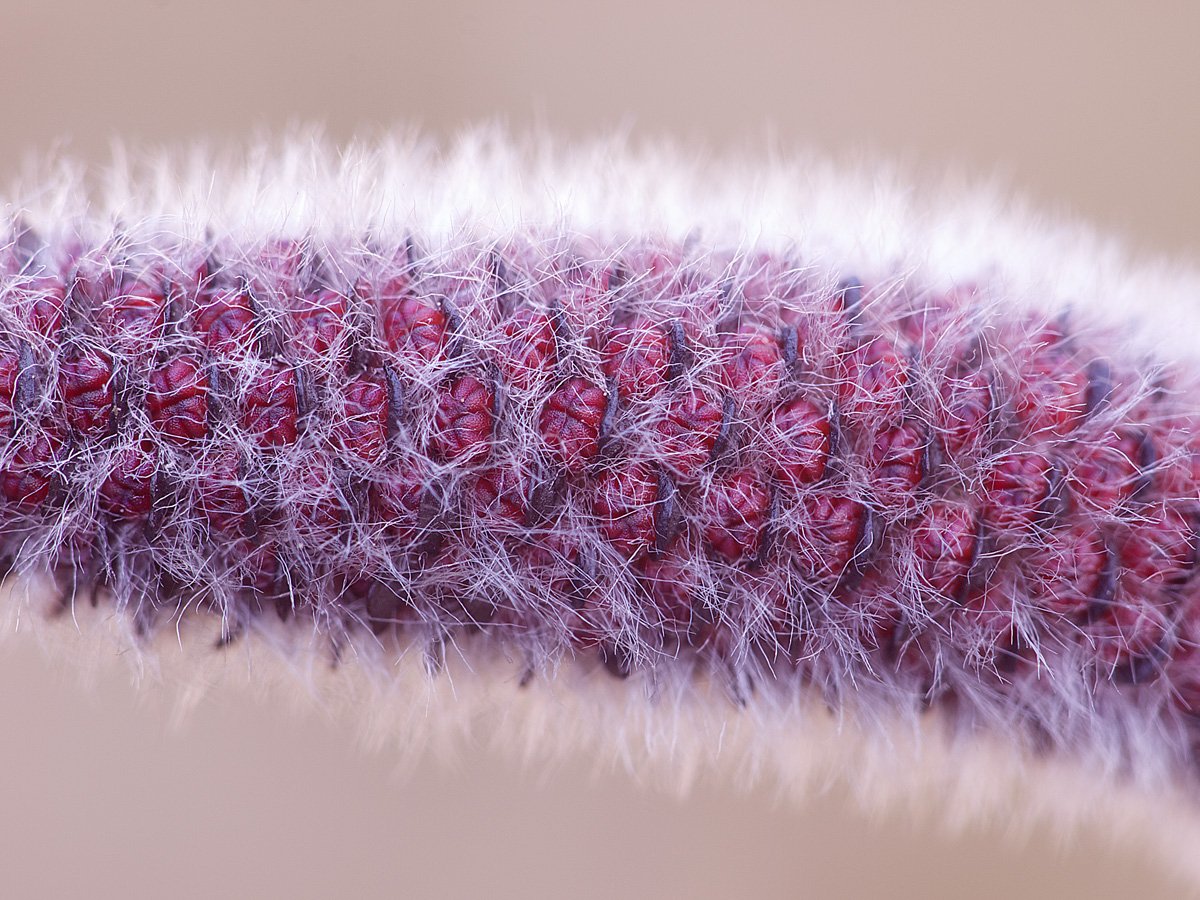
Catkins: the stuff of nightmares
The cotton-like material is actually a mass of airborne seeds produced by catkins, or aments, prior to the cottonwoods’ bloom in spring, a trait that both the male and female poplar trees exhibit.
The next time you find yourself middle-finger akimbo to the sky, cursing the masked destroyer of your fate, calm yourself with the knowledge that the word ‘catkin’ comes from the old Dutch word katteken, meaning ‘kitten’, due to its resemblance to a kitten’s tail. Well, ain’t that cute … Damn you, cursed kitten tails, assassins of sight!
Alternatively, those with a dirty mind may find comfort in the fact ament is taken from the Latin amentum, meaning ‘thong’.
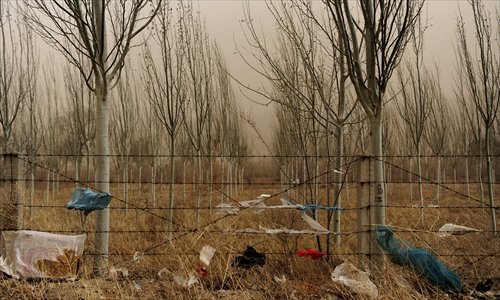
Times are hard for poplar trees
It is poplars that also line the Gobi Desert as a means to block sandstorms and reduce the gradual encroachment of the desert on Beijing. I’ll take kitten tails over minute shards of glass to the retina any day.
But why choose to plant a tree that craps everywhere?
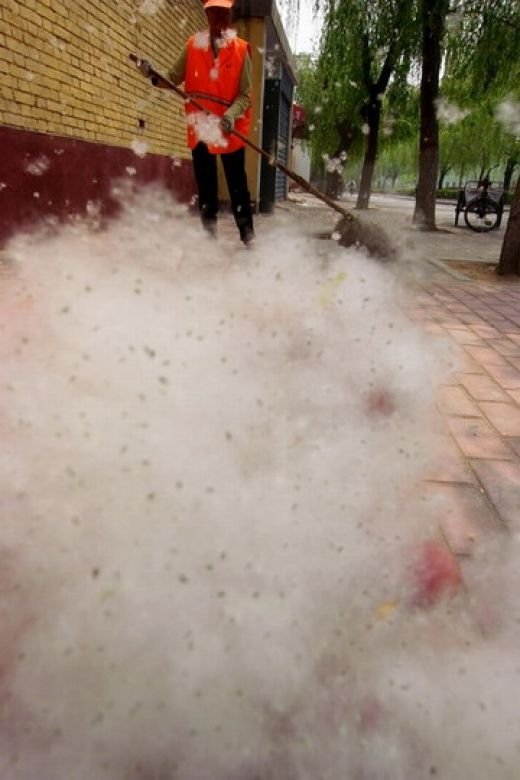
Fluff to fire in zero seconds
Well, apart from the aforementioned reasons of hardiness, there doesn’t appear to be any real answer. Maybe it was for the cottonwood’s ability to encourage humans to inadvertently set fire to themselves/buses/houses/universities. Fluff keeps people on their toes.
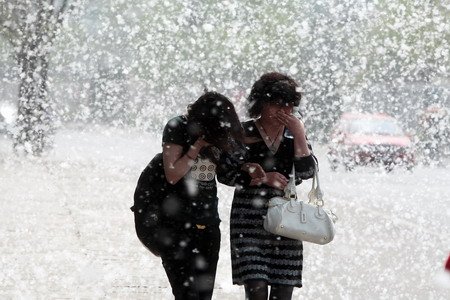
Oh god, it’s everywhere! As well as lodging in eyes, nose, mouth and throat, the fluff can also aggravate allergies
It may also be that city planners just didn’t bank on there being just so much of the darned stuff. There is thought to be a seven-to-three ratio of female to male trees, creating an abundance of ornery orbs and leading the government to try and correct the gender imbalance by uprooting females and replacing them with males as well as providing the trees with ‘sex reassignment surgery’. Umm, what? In the simplest scientific terms, research tells me that by cutting off the female’s branches, male ones can then be stuck on. Makes sense.
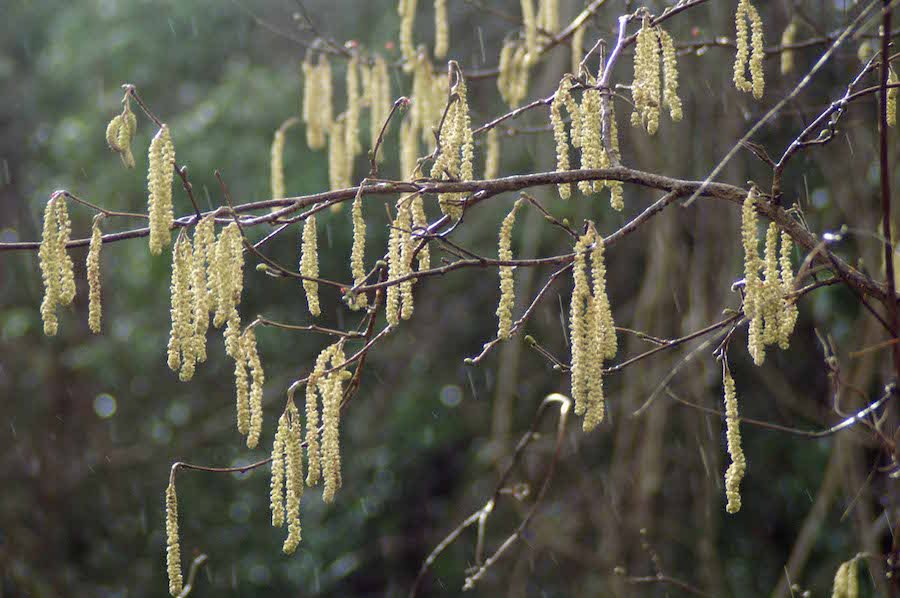
Aww, kitty tails!
So, other than giving the city an otherworldly vibe, akin to something out of a Hayao Miyazaki film, plus multiplying the chances of death by bus a thousand fold while riding down Jiaodaokou Lu, there don’t appear to be any positives to having these trees around. But we better get used to them – a poplar can live for up to 100 years.
If there’s one bright side to this, it’s that we don’t live in Chongqing, where residents are stuck with money-sucking, nose-busting, can’t-even-live-without-an-‘intravenous’-drip wimpy-ass Gingko trees instead.
This article originally appeared on the Beijinger in April 2014.
Photos: ecns, Wikipedia, AT0086, Beijing News




